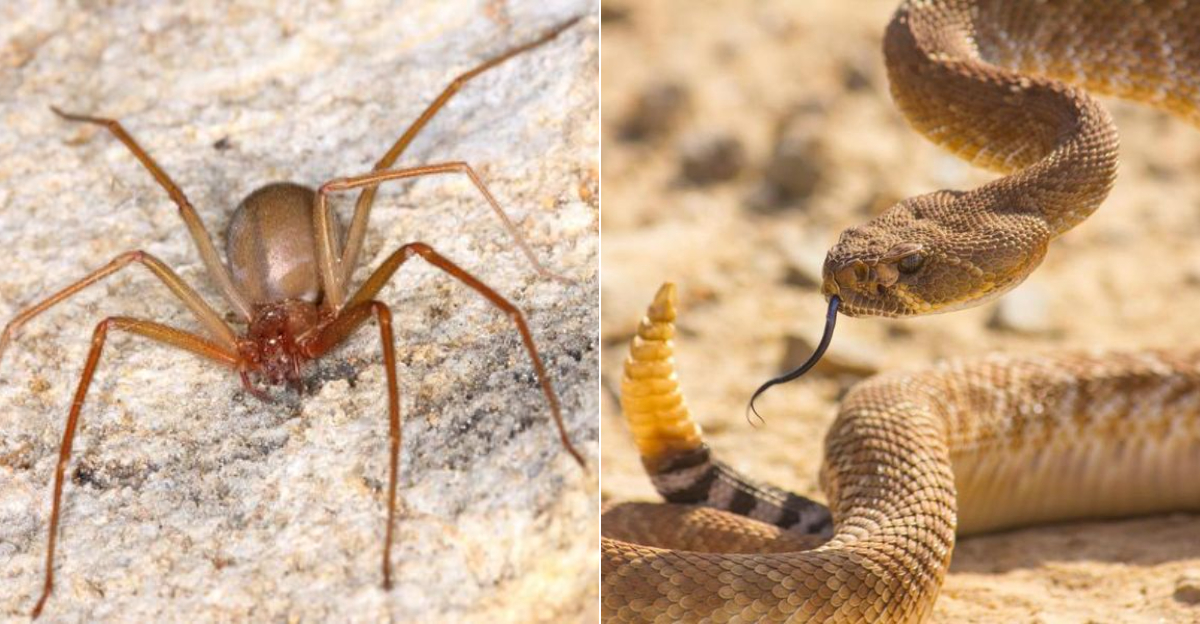California’s diverse ecosystems harbor some truly dangerous creatures alongside its stunning natural beauty.
As someone who’s hiked through much of the Golden State, I’ve learned to keep a watchful eye for these potentially fatal animals.
Whether you’re camping in Yosemite, surfing in San Diego, or just enjoying your backyard in Sacramento, knowing which critters pose real threats could literally save your life.
1. Mountain Lions
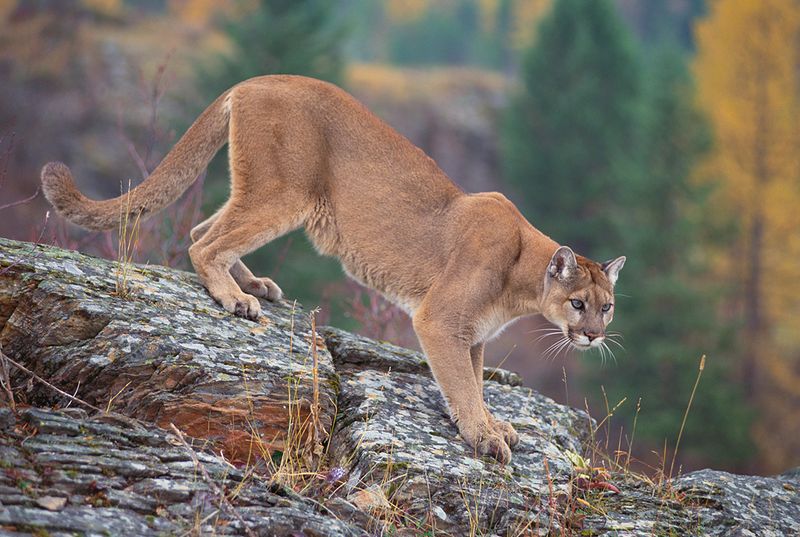
I’ll never forget freezing in my tracks when I spotted a mountain lion watching me from a ridge in the Sierra Nevada. These powerful predators can weigh up to 180 pounds and leap 15 feet vertically!
Mountain lions typically avoid humans, but attacks do happen, especially when running or biking alone at dawn or dusk. If you encounter one, never run. Instead, make yourself look bigger, make noise, and slowly back away.
Most attacks occur when people are alone, so hiking with companions significantly reduces your risk. Carry bear spray as an effective deterrent if you frequent cougar territory.
2. Black Bears
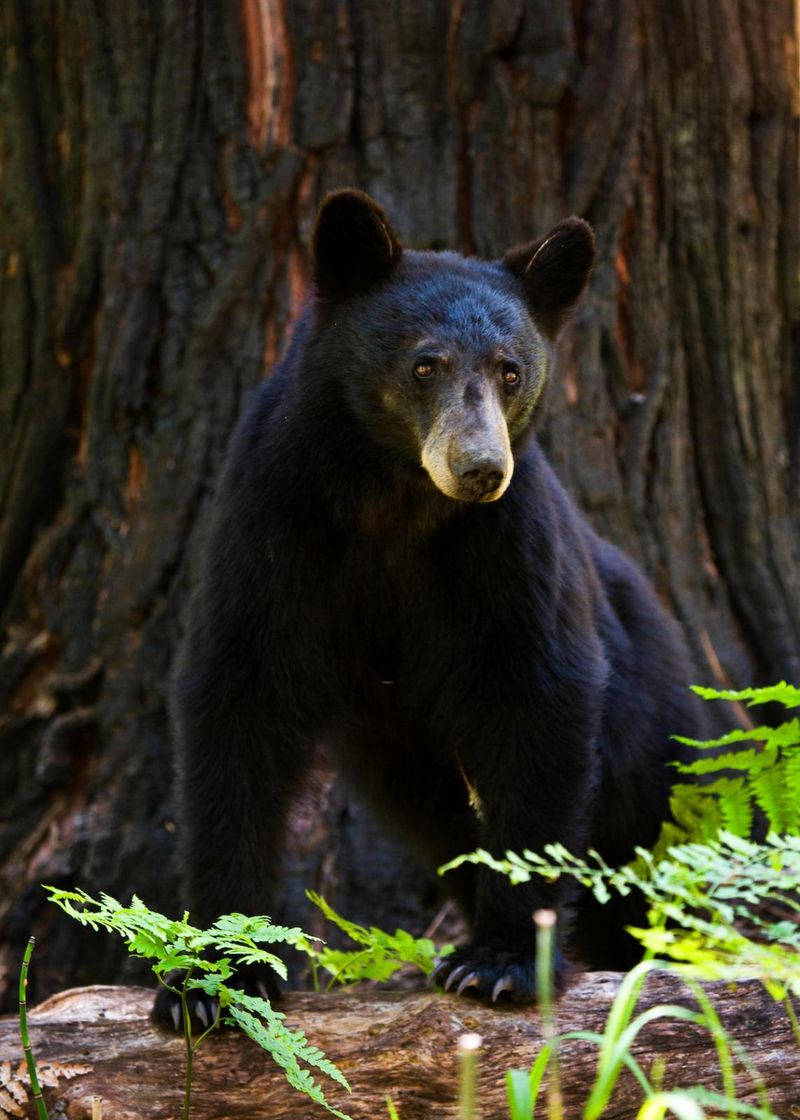
Despite their name, California black bears range from blonde to dark brown.
Their power became apparent when I watched one effortlessly flip a 300-pound log while foraging in Sequoia National Park.
Though they rarely attack humans unprovoked, black bears become dangerous when habituated to human food or protecting cubs. They can run 35 mph and climb trees with astonishing speed for their bulky frames.
Store food properly when camping and never approach cubs, even for photos. If confronted, speak calmly while backing away slowly.
3. Rattlesnakes
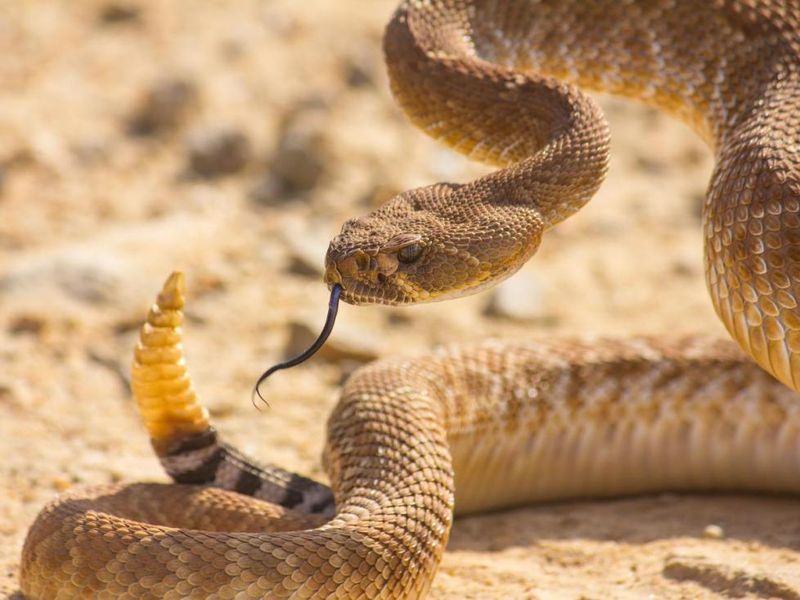
The distinctive buzz of a rattlesnake still sends shivers down my spine.
California hosts several rattlesnake species, with bites accounting for the majority of serious venomous snakebites in the state.
These reptiles don’t chase humans but will strike if threatened. They’re most active during warmer months and prefer rocky areas, tall grass, and woodpiles. Always watch your step on trails and never place hands where you can’t see.
If bitten, stay calm, remove jewelry near the bite, keep the affected area below heart level, and seek immediate medical attention. Don’t apply tourniquets or try to suck out venom—these outdated methods cause more harm.
4. Coyotes
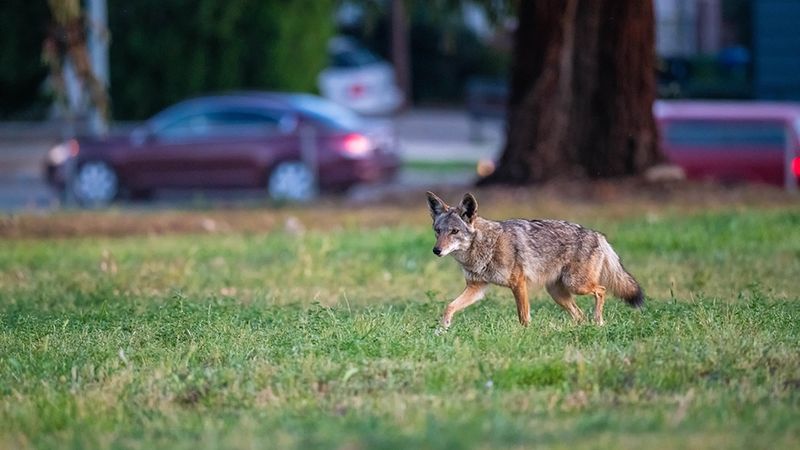
These intelligent canids have adapted remarkably well to urban environments throughout California.
While attacks on adults are rare, coyotes occasionally target small children and pets. They’re opportunistic hunters that grow bolder around humans who feed them, intentionally or through unsecured trash.
Keep pets leashed in coyote territory and never leave small children unattended in areas with known coyote activity.
If approached, make loud noises, wave arms, and throw objects near (not at) them to reinforce their natural fear of humans.
5. Great White Sharks

My surfing enthusiasm diminished considerably after learning about these sea predators.
California’s coastal waters, particularly around the Farallon Islands, host significant populations of great white sharks.
These massive predators rarely target humans intentionally but may bite while investigating potential prey. Most attacks occur between July and December when visibility is poor. Areas with seal colonies present higher risk.
Reduce your risk by avoiding dawn/dusk swimming, staying in groups, and not wearing shiny jewelry or high-contrast clothing that might resemble seals. If you spot a shark, maintain visual contact while calmly but quickly heading to shore.
6. Southern Pacific Rattlesnake
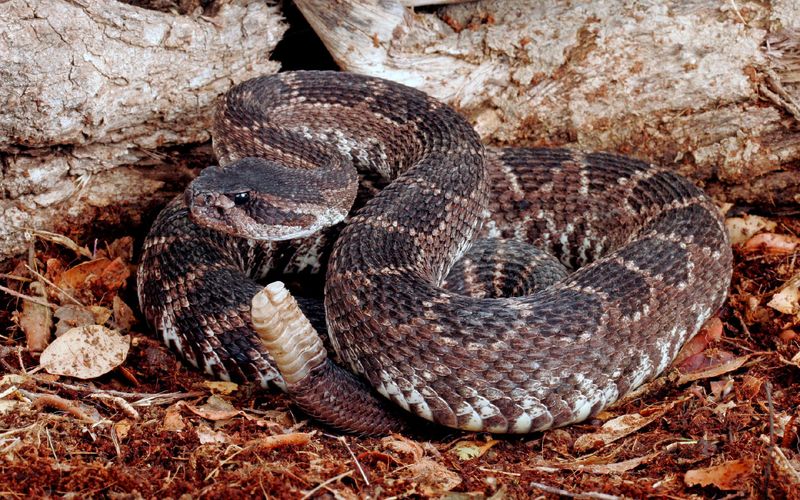
The Southern Pacific Rattlesnake packs the most potent venom of any California snake.
These rattlers deliver larger venom doses than their cousins and possess a neurotoxic component that can cause respiratory failure. They’re common in Southern California’s mountains, foothills, and desert edges.
Wear sturdy boots and long pants when hiking their territory. Stick to clear paths and avoid reaching into rock crevices or dense vegetation. Their bite requires immediate emergency medical care—every minute counts when dealing with this species.
7. Scorpions

After finding a scorpion in my hiking boot one morning, I developed the habit of shaking out footwear before putting it on. California hosts several scorpion species, though fortunately none as dangerous as Arizona’s bark scorpion.
These arachnids hide during day and emerge at night to hunt. They prefer dark, cool places like woodpiles, under rocks, and occasionally shoes or bedding in desert camping areas.
While California scorpion stings rarely require medical attention, they cause intense pain and can trigger dangerous allergic reactions in sensitive individuals. Use a blacklight at night to spot them—they glow brilliantly under UV illumination.
8. Brown Recluse Spiders
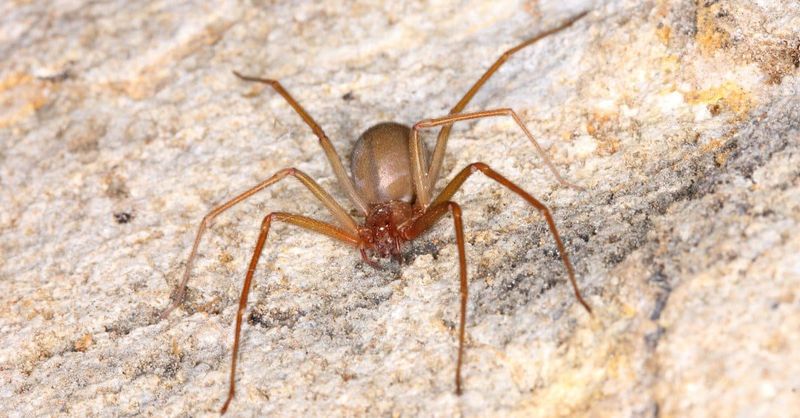
Contrary to popular belief, true brown recluse spiders aren’t native to California! What we actually have are similar-looking cousins like the desert recluse in southeastern parts of the state.
These shy arachnids avoid human contact but will bite defensively when pressed against skin. Their venom contains enzymes that can destroy tissue, creating slow-healing wounds. They prefer undisturbed areas like storage boxes, closets, and woodpiles.
Shake out stored clothing before wearing and use gloves when moving items stored in garages or sheds. Most “brown recluse bites” in California are actually misdiagnosed infections or bites from other species, but the desert recluse can cause genuine medical emergencies.
9. Western Black Widow Spiders
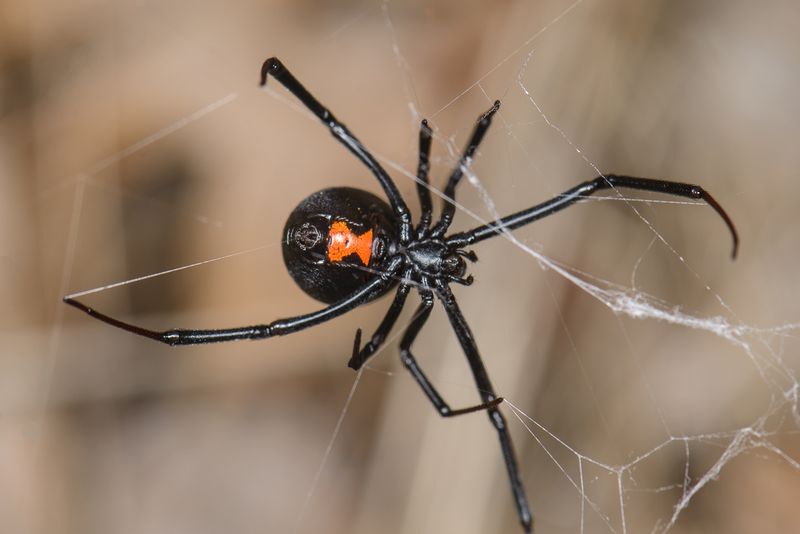
These notorious spiders are common throughout California. They build irregular webs in dark, protected spaces like outhouses, wood piles, and garden sheds. Only females bite humans, and they’re not aggressive unless disturbed or protecting egg sacs.
Their neurotoxic venom rarely proves fatal but causes extreme pain, muscle cramps, and sometimes breathing difficulties. Wear gloves when working in potential widow habitats and shake out shoes left outdoors before wearing them.
10. California Kingsnakes
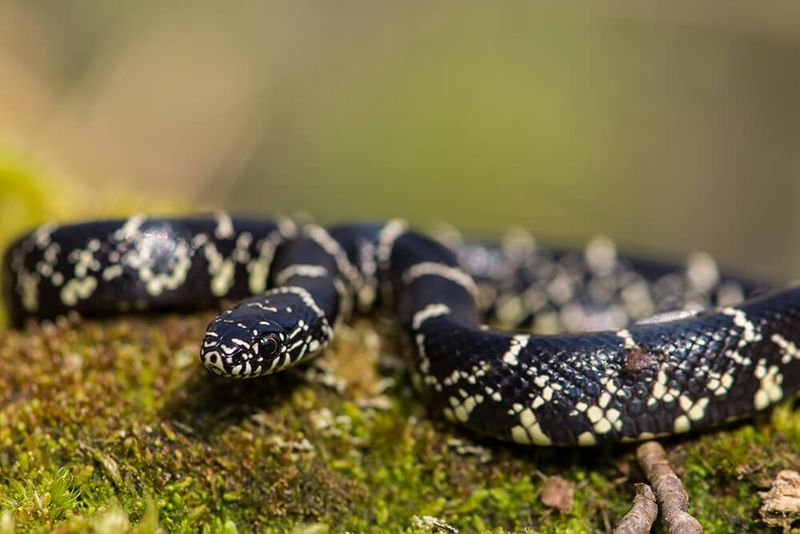
Wait—kingsnakes on a dangerous animals list? Surprisingly, yes! While not venomous to humans, I’ve included them because they’re frequently misidentified as dangerous rattlesnakes.
These beautiful constrictors with distinctive black and white or brown and cream bands are actually beneficial, preying on rodents and even other snakes including rattlesnakes. Their resemblance to venomous coral snakes (not found in California) causes confusion.
The real danger comes from people injuring themselves while fleeing or attempting to get rid of what they mistakenly believe is a venomous snake. Learn to identify them to avoid unnecessary fear and preserve these important predators.
